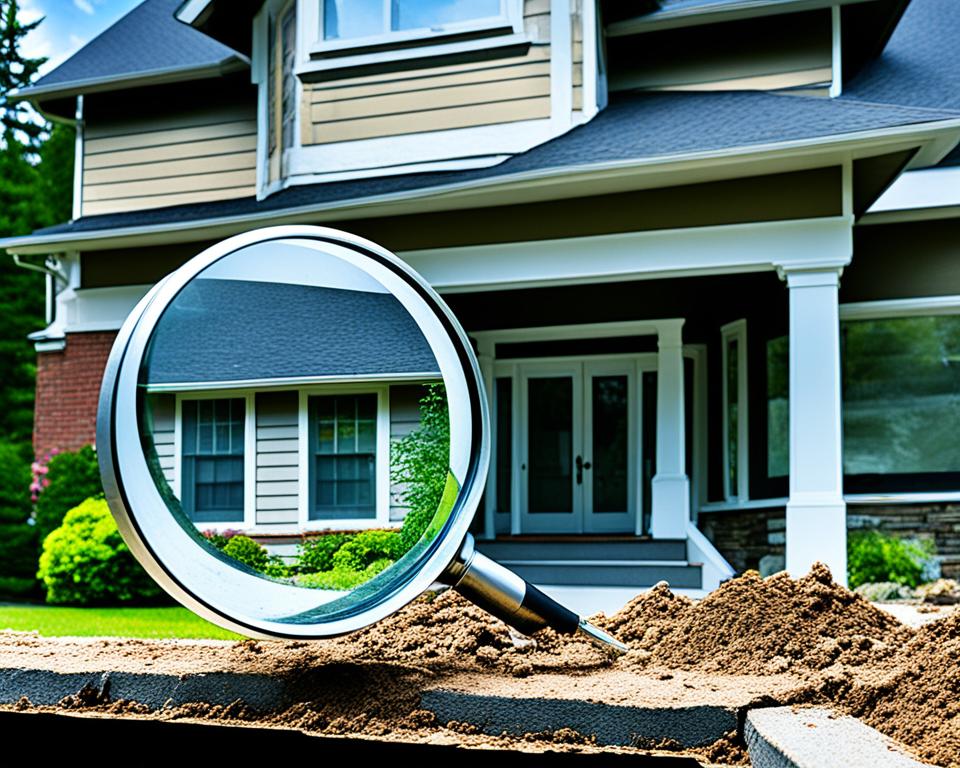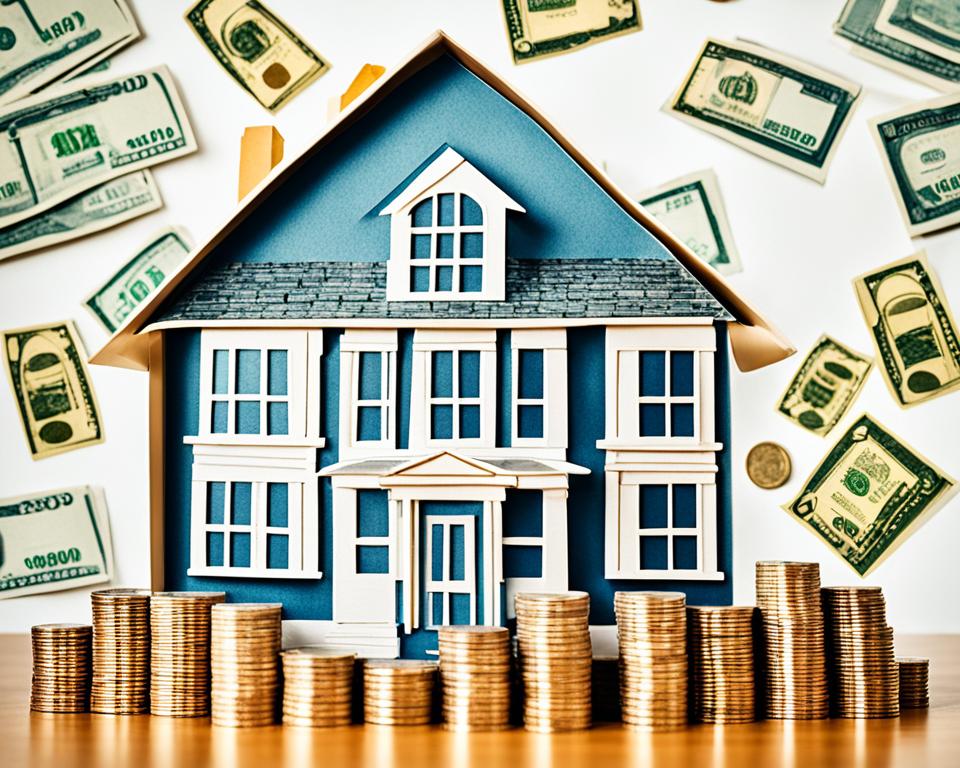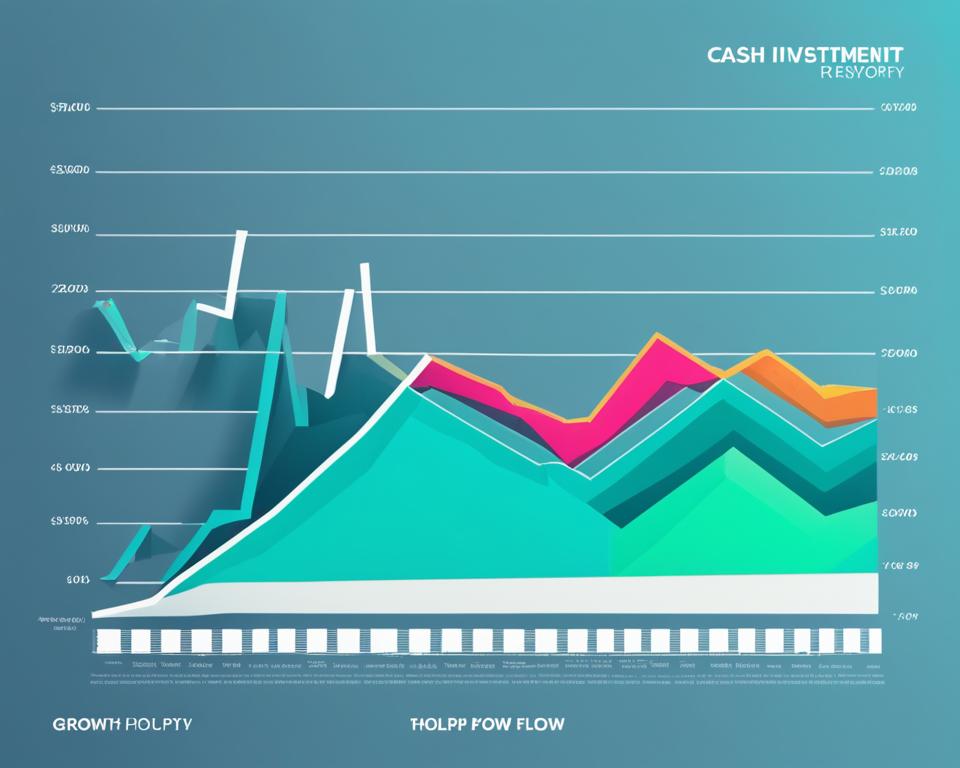
What is Home Collateral? Explained for Homeowners By GAP Investments.
Living in Costa Rica as a homeowner lets us use the value of our homes to get loans. These can be for different reasons, like fixing up our homes. GAP Investments, located in Costa Rica, gives out loans from $50,000. They have good rates, starting at 12%.
This is based on how much your loan is compared to your home’s value and other things. Loans can last from 6 months to 3 years, so we have some room to breathe. It helps us meet our money needs in a flexible way.
Also, GAP Investments lets private investors make money by funding loans secured by people’s houses in Costa Rica. This is good for homeowners who need funds. At the same time, it offers a chance for investors to grow their money in a safe way.
Key Takeaways
- Home equity loans in Costa Rica allow homeowners to borrow up to $50,000 against the value of their property.
- GAP Investments offers competitive interest rates starting at 12% for home equity loans in Costa Rica.
- Loan terms range from 6 months to 3 years, providing flexible financing options for homeowners.
- GAP Investments caters to the unique financial situations of homeowners in Costa Rica by offering a wider range of financing options compared to traditional banks.
- Private investors can earn steady returns by lending on home equity secured by a mortgage lien through GAP Investments.
Understanding Home Collateral and Its Role in Lending
Collateral is a valuable asset that a borrower uses as loan security. A homebuyer’s mortgage uses their home as the loan’s collateral. This reduces the lender’s risk, since they can take the home if the loan isn’t repaid. Mortgages and car loans often use collateral, and savings or investments can also be collateral for some loans.
What Is Collateral?
Lenders need collateral to lower the risk of giving out a loan. It’s a valuable thing the borrower offers, which the lender can take if the loan isn’t paid. This thing, like a house, is then sold to cover the loan amount. The lender might also sue the borrower if the sale doesn’t cover everything.
How Collateral Works
Cars, bank accounts, and investments are usual collateral types. But, not retirement accounts. Borrowers might use their future pay as collateral for very short loans, in emergencies. However, they must check the loan’s terms and rates very carefully.
Types of Collateral
Lenders often accept cars, bank accounts, investments, and future paychecks as collateral. Retirement accounts are usually not allowed. Borrowers must think about the risks before agreeing to use any type of collateral for a loan.
| Type of Collateral | Acceptance by Lenders | Considerations |
|---|---|---|
| Cars | Commonly accepted if paid off | Lender has a lien on the vehicle |
| Bank Accounts | Commonly accepted | Lender has a claim on the deposited funds |
| Investment Accounts | Commonly accepted | Lender has a claim on the invested assets |
| Retirement Accounts | Generally not accepted | Retirement accounts are often protected from creditors |
| Future Paychecks | Accepted for short-term loans | Borrowers should compare rates and terms carefully |
Leveraging Home Equity as Collateral
Home equity is crucial for getting loans in Costa Rica. It’s the value of a house minus what’s still owed on it. 80% of this value, minus your mortgage, is what you can use to get a loan. Tools online help you figure out this part of your home’s value. Then, the lender must check this with a home evaluation.
Equity and Usable Equity
Equity is the value of your home minus what you owe on it. The usable part to borrow against is about 80% of that. To find this, homeowners can use online calculators. But, lenders will need an official assessment to make sure.
Borrowing Against Home Equity
In Costa Rica, you can use your equity to get funds for investments or needs. One way is to add more to your current loan. This gives you access to your home’s equity. Or, you can get a separate loan using your home as security. Another option is to use your current home to get a loan for a new investment property.

What is Home Collateral in Costa Rica
In Costa Rica, if you own a home, you can offer it as a pledge to get loans. These include
home equity loans and mortgages
. The country follows special rules, known as
costa rican mortgage regulations
, for borrowing money this way. There are certain steps and standards you must follow. These are set by the government and the lenders, called
home equity
or
property-secured financing
Costa Rican Mortgage Regulations
The rules, also called
costa rican mortgage regulations
, are very clear. They describe what both the borrower and the lender need to do. This ensures a smooth and fair way for people to get
home loans in costa rica
or
real estate financing in costa rica
Using Property as Collateral in Costa Rica
If you own a house, you can use its value to get a loan. This is a good way to get money for other properties or projects. In Costa Rica, lenders like GAP Investments have options such as
home equity loans costa rica
and
property-secured financing options
. The rules for using your home for loans may change based on the lender and your money matters.
Home Equity Loan Options
One way to borrow against home equity in Costa Rica is through a home loan top up. This method increases the existing mortgage limit to get cash out of the available equity. It allows homeowners to use the money for an investment property or other goals.
But, remember, increasing your mortgage limit raises your monthly payments. So, it’s essential to check if you can handle the extra costs. Online mortgage calculators can show how this affects your budget.
Supplementary Loan Account
If you want another way to tap into home equity in Costa Rica, consider a supplementary loan account. It’s like setting up a new loan secured by your home’s equity. This new loan can have different terms, like how often you pay or the interest type.
This gives you more options, but it could affect how long you have to pay and how much you’ll spend over time.
Cross-Collateralization
Another strategy is cross-collateralization, where your existing property’s equity supports a loan for an investment property. Through this, you’ll have two loans. One is your original mortgage, the other is for a property you’ll invest in. It can make buying an investment property easier.
But, it can make things more complex later on. This might be if you need to separate the loans, which can be costly and involve extra steps.

Considerations for Accessing Home Equity
Thinking about using home equity in Costa Rica? It’s important to see if you can handle new monthly repayments. Look into how much you could get from renting out the property. Also, check the costs of owning the home and if there are any tax benefits. Make sure you can afford the payments. Keeping good track of your finances is key.
Investment Property Strategy
Planning is key when investing in Costa Rica using your home equity. It’s usually safer to think long-term than to try and make a quick profit. Quick gains sometimes lead to the house being overvalued. This could mean you owe more than the house is worth. Do your homework on the area’s rental demand and property prices. This will help you make smarter choices.
Potential Risks and Tax Implications
Using your home equity in Costa Rica comes with big risks. If you can’t pay your loans, you might lose your home and the investment property. Plus, there’s the issue of taxes. It’s smart to talk to experts in finance and taxes before using your home equity. They can help you understand all the risks. Make sure your plan fits your money goals for the future.

Strategies for Property Investment
Some property investors use the “rule of four” to set their property budget. They multiply usable home equity by four. This gives a rough idea of the most they can spend on a second property.
It considers a 20% deposit to avoid LMI. If a homeowner can’t put down 20%, they might need to include LMI in their calculations.
The Rule of Four
Choosing between interest-only or principal and interest repayments is key. Interest-only loans make monthly payments lower but don’t cut the loan amount. This means the total debt won’t change until it is refinanced or when the loan ends.
Principal and interest loans, however, reduce what you owe over time. They help build equity, the difference between the property value and what you owe, slowly.
Interest-Only vs. Principal and Interest Repayments
It’s important to check if rental income and your ability to cover costs can handle the loan. Good budgeting is critical. This keeps you aware of your loan and property details.

Conclusion
In Costa Rica, homeowners can make use of their property’s value to get money for investments or other needs. GAP Investments is a lender there. They provide home equity loans from $50,000.
These loans have rates between 12% and 16%. The exact rate depends on how much of the property’s value is being used and more. The loans can last from half a year to three years.
This is great for private investors. They can make a tidy profit by putting their money into Costa Rican real estate.
Call Now to Become a Private Lender Today
Interested in making money by lending privately for real estate in Costa Rica? Check out www.gapinvestments.com or call +506 4001-6413 to find out more. You’ll see how good the rates and payment plans with GAP Investments are. Let’s work together to make this happen and also help Costa Rican homeowners with their financial needs.
FAQ
What is home collateral?
What is collateral, and how does it work?
What types of collateral do lenders commonly accept?
What is equity, and how can homeowners leverage it?
How can homeowners in Costa Rica use their property as collateral?
What are the options for borrowing against home equity in Costa Rica?
What are the key considerations when accessing home equity in Costa Rica?
What strategies can homeowners use when investing in property with home equity?
Source Links
- https://gap.cr/simple-home-equity-loans-gap-equity-costa-rica/
- https://gapinvestments.com/en/evaluate-a-private-mortgage-in-costa-rica/
- https://www.gapequityloans.com/en/everything-you-need-to-know-about-loans-with-gapequityloans-com/
- https://www.specialplacesofcostarica.com/blog/how-to-get-a-mortgage-in-costa-rica/
- https://www.gapequityloans.com/en/costa-rica-land-equity-loans/
- https://www.gapequityloans.com/en/the-ins-and-outs-of-collateral-financing-in-costa-rica-by-gap-equity/
- https://gapinvestments.com/en/home-equity-lending-in-costa-rica/
- https://gapequityloans.com/en/costa-rica-home-equity-loans/
- https://gapequityloans.com/en/home-equity-line-of-credit-costa-rica/
- https://www.gapequityloans.com/en/costa-rica-home-equity-loans/
- https://gapinvestments.com/en/costa-rica-investments/
- https://www.gapequityloans.com/en/home-equity-line-of-credit-costa-rica/
- https://gapinvestments.com/en/faq/
- https://gapinvestments.com/en/inner-circle/
- https://gapinvestments.com/en/how-does-investment-property-financing-work-in-costa-rica/
- https://www.gapequityloans.com/en/navigating-property-investment-loans-in-costa-rica/
- https://www.gapequityloans.com/en/costa-rica-home-equity-loans-guide/
Article by Glenn Tellier (Founder of CRIE and Grupo Gap)
